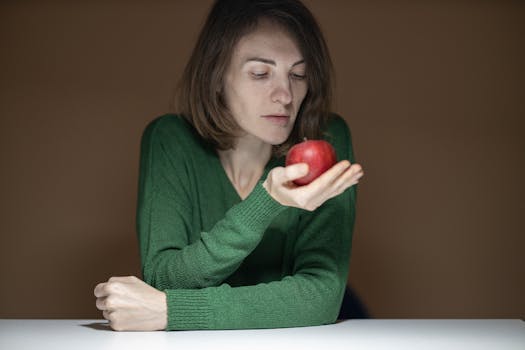Ever stood in the grocery aisle holding a box of cereal, squinting at the nutrition label like you were trying to crack a secret code?
Yeah, you’re not alone.
Food labels can be confusing, even intentionally so. Between the buzzwords (“all natural!”), the fine print, and those unpronounceable ingredients, figuring out what’s actually good for you can feel like a full-time job.
But here’s the good news: once you know what to look for—and what to ignore—reading food labels becomes way less stressful and way more empowering.
Let’s break it down together.
First Stop: The Nutrition Facts Panel
This is the black-and-white box on the back of most packages. It’s not glamorous, but it’s loaded with helpful info—if you know how to read it.
✅ Start with Serving Size
This is sneaky. If a bag of chips says 150 calories per serving, but the bag holds 3 servings, you’re actually eating 450 calories if you polish it off (which let’s be real—happens).
🍪 Real-world example: That “healthy” granola bar? Serving size: half a bar. Who eats half a bar?!
✅ Calories Are a Clue, Not the Whole Story
Calories give you a quick idea of energy, but what matters more is where those calories come from—carbs, fat, protein, or sugar?
Ingredient List: Where the Truth Hides
This is where the real detective work happens.
Rule of thumb: shorter is better. If the ingredient list reads like a chemistry experiment, you might want to think twice.
✅ First Ingredients Matter
Ingredients are listed in order of quantity. So if the first few are sugar, corn syrup, or refined flour… it’s basically dessert.
🥖 Example: A loaf of bread that starts with “enriched wheat flour, sugar, soybean oil” is more like soft cake than a wholesome whole grain.
❌ Beware of Sneaky Sugars
Sugar has a lot of aliases—over 50, in fact. Here are a few common ones:
- Corn syrup
- Cane juice
- Dextrose
- Fructose
- Maltose
- Sucrose
- Brown rice syrup
If it ends in “-ose” or sounds like a syrup, it’s probably sugar in disguise.
What to Look For (Thumbs Up 👍)
- Whole foods near the top of the list
Look for words like “whole grain,” “rolled oats,” or “almonds” up front. - High fiber (3g or more per serving)
Fiber helps with digestion and keeps you full. Low fiber = ultra-processed. - Minimal added sugar (under 6g per serving if possible)
Natural sugars from fruit or dairy are okay—but added sugar adds up fast. - Healthy fats
Look for sources like nuts, seeds, olive oil, and avocado. - Simple, recognizable ingredients
If your grandma could understand it, you’re probably on the right track.
What to Avoid (Red Flags 🚩)
- “Partially hydrogenated oils” = trans fats (even if the label says 0g)
Trans fats are linked to heart disease. Just say no. - “Natural flavors” (in excess)
A little is okay, but if it’s high on the list and you can’t tell what’s actually in the food… be cautious. - Artificial colors and preservatives
Look for names like Red 40, Yellow 5, or BHT. These are often found in ultra-processed snacks and may cause unwanted reactions in some people. - High sodium (over 20% of daily value per serving)
Sodium hides in unexpected places—like “healthy” frozen meals or sauces.
Don’t Be Fooled by Front-of-Package Claims
The front of a food package is like a dating profile—it’s all marketing and best angles.
Phrases like:
- “All natural”
- “Low fat”
- “Sugar-free”
- “Heart healthy”
- “Gluten-free”
…don’t mean the product is actually healthy. They’re just buzzwords. Always flip it over and check the real story on the back.
A Quick Label-Reading Routine (You Can Do in 30 Seconds):
- Glance at serving size — how much are you actually eating?
- Scan the sugar and fiber — high fiber, low added sugar = good sign.
- Read the first 3 ingredients — are they whole, real foods?
- Watch out for weird additives — long, hard-to-pronounce words are a clue.
- Check your portion mindset — eating the whole bag? Multiply accordingly.
Final Bite
Learning to read food labels is like learning a new language—but once you get the hang of it, it becomes second nature. It’s not about perfection; it’s about being aware, making informed choices, and giving your body what it actually needs.
So next time you’re standing in that grocery aisle, label in hand, give yourself a high five. You’re not just shopping—you’re investing in your health, one ingredient at a time.



